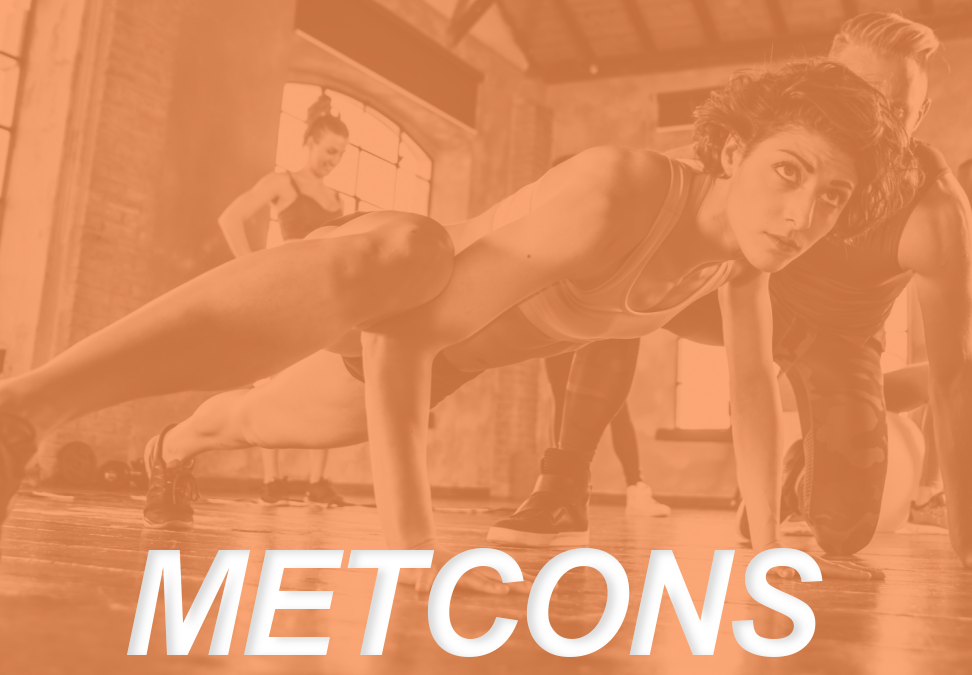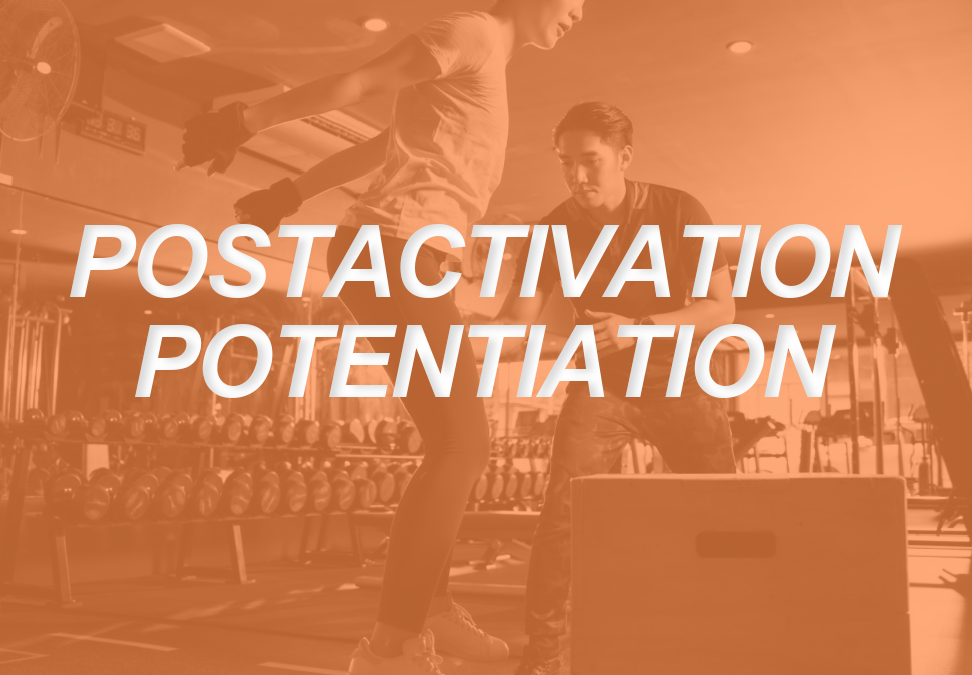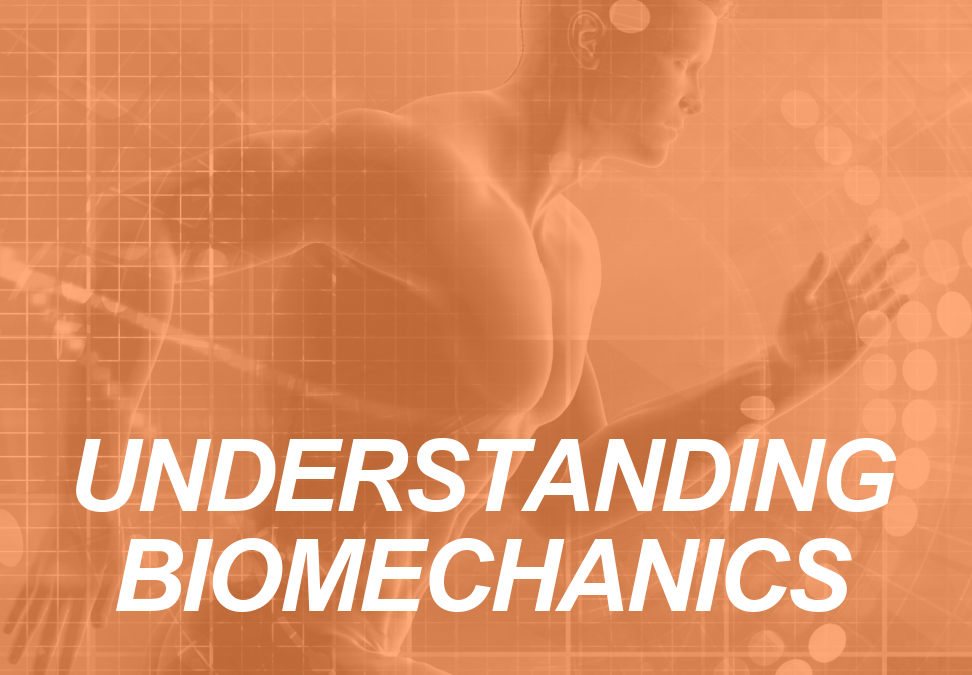The quadriceps femoris muscles (quads) are the most voluminous muscles in the body— the quad muscles together contain more mass than any other muscle group— the general population knows where their...
Exercise Science, Biology, and Research
Health and fitness articles for personal trainers rooted in exercise science, biology, anatomy, physiology, health psychology
1RM: Calculating a Client’s One-Rep Max
The fitness industry defines muscular strength as the physical ability to generate force against an external load. The 1RM simply represents the maximum amount of force that a muscle can exert...
VO2 Max for Healthspan
Regardless of what a client's focus is for fitness, personal trainers can and should stress the importance of sustaining and building cardiorespiratory and cardiovascular capacity. Let's discuss how...
Understanding Tempo: Can Specific Eccentric Cadence Can Boost Hypertrophy and Strength?
Understanding lifting tempo is complicated enough for trainers, and most likely completely escaping your clients' attention. Science reveals different outcomes for how we apply such cadences in our...
The Three Best Exercises For Ankle Joint Mobility
You may have to realize that your clients, or even yourself, have some significant ankle joint mobility limitations. Hopefully, you've also come to realize how truly signifcant ankle mobility is to...

Metabolic Conditioning: How to Leverage MetCons to Train Fat Loss Clients
Many fitness clients hire trainers to lose weight and see results fast. While part of our initial conversations during intake is to level expectations and explain healthy average weight loss varies...

Postactivation Potentiation: Unleash Your Clients’ Full Capabilities
Any personal trainer working with clients long-term should be focused on developing increased power, strength, or speed through safe means. After guiding a client through a well-designed program for...

Biomechanics: The Science of Human Movement
As the fitness industry grows in popularity and importance, it is of the utmost importance that we as fitness professionals continue to develop a growing knowledge of the exercise sciences to communicate effectively with the established health professions and sciences on “common ground”. The following article, while at times technical, provides an integral part of that knowledge base necessary to facilitate such communication.

Olympic Weightlifting Methods
When trainers hear about Olympic weightlifting they immediately think of two things: either taking a loaded barbell and ripping it off the floor in one violent motion with minimal technique, or that the lifts are detrimental and deleterious to the health and well being of the person doing the lifts. These two assumptions highlight a vast miscomprehension of Olympic weightlifting.

Everesting: The Ultimate Cycling Challenge
Since its inception, Everesting has experienced growth far beyond its creators’ wildest dreams. Now considered a worldwide sensation, cycling athletes can choose from almost 20,000 Everesting...

